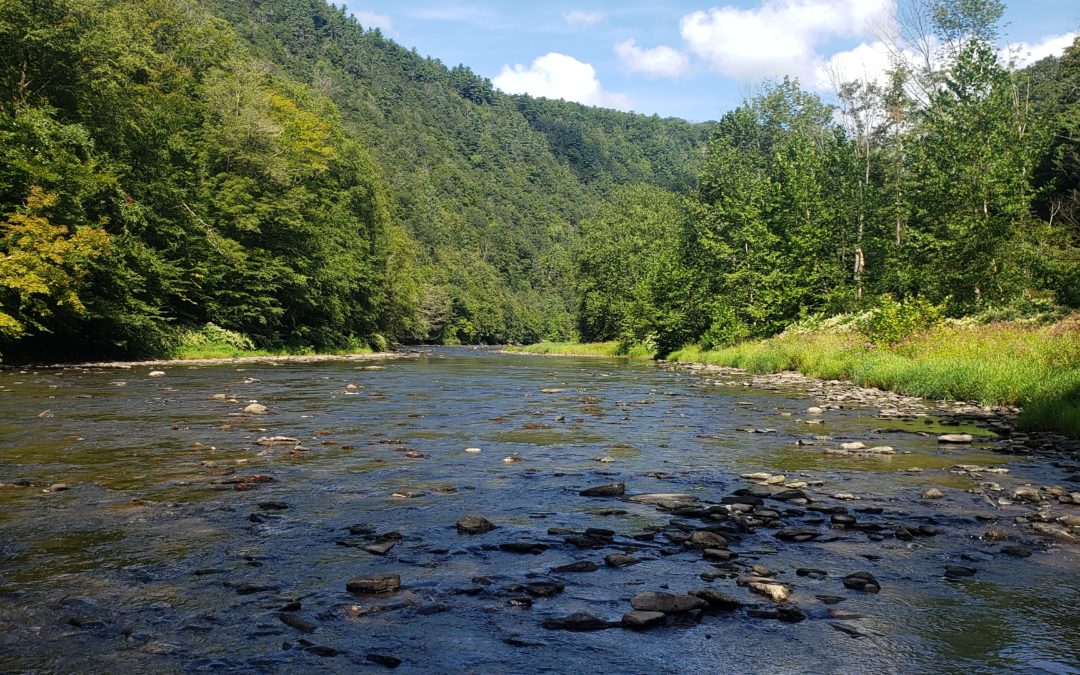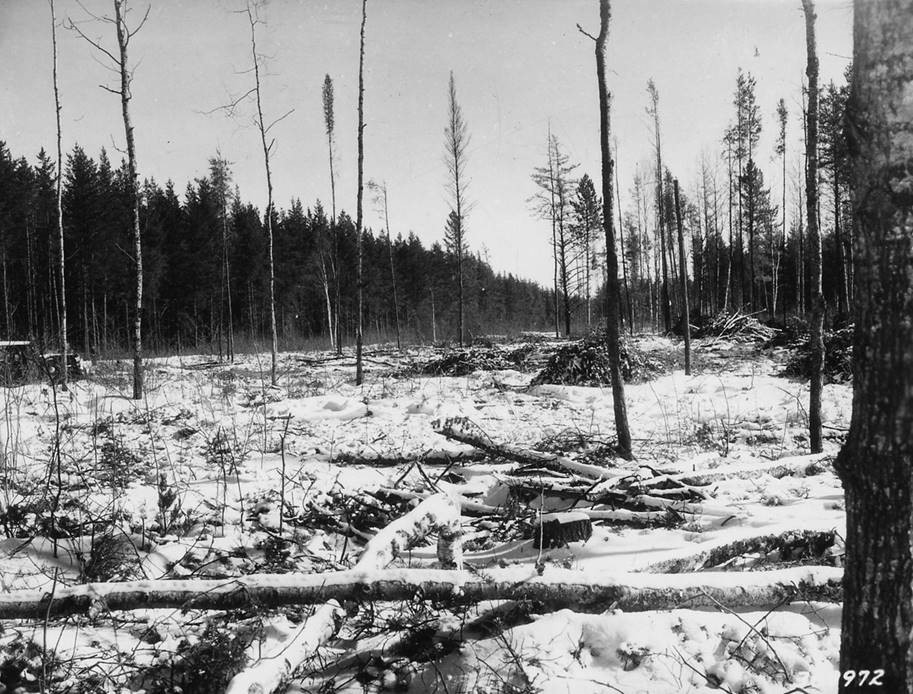I was hiking recently at the Pennsylvania Grand Canyon, and I was thinking about how it relates to international shipping. A few things came to mind.
First, we must address the people that did not know PA had a Grand Canyon. It really is not a canyon, but a deep river gorge cut through some mountains, although it still is pretty cool. Lots of trees and lots of steps if you decide to hike down to the river.
At the bottom of the trail is Pine Creek. They had a display board that showed this area completely clear cut of all timber in the early 1900’s. It is true that the old growth hemlocks and pine trees are gone, but the area has been reforested over the last century.
So, what does all of this have to do with anything international? Some clients must deal with fumigation of their cargo. Anything on wood is to be either fumigated or heat-treated wood. The purpose is to stop invasive pests that are completely capable of devastating local forests. Pennsylvania is a large producer of hardwood and hardwood products. The Spotted Lanternfly is one of those invasive insects.
The Spotted Lanternfly was introduced into Pennsylvania in 2014. It is native to China. The experts are not sure exactly how the bug arrived, but I am willing to state that an ocean container was likely involved. It really is every importer’s and exporter’s responsibility to guarantee that regulations are followed.
My hike was pretty scenic. If the Spotted Lanternfly moves out of the quarantine zone the PA Grand Canyon could look just like it did 100 years ago.
Written By: Scott Hoffman














